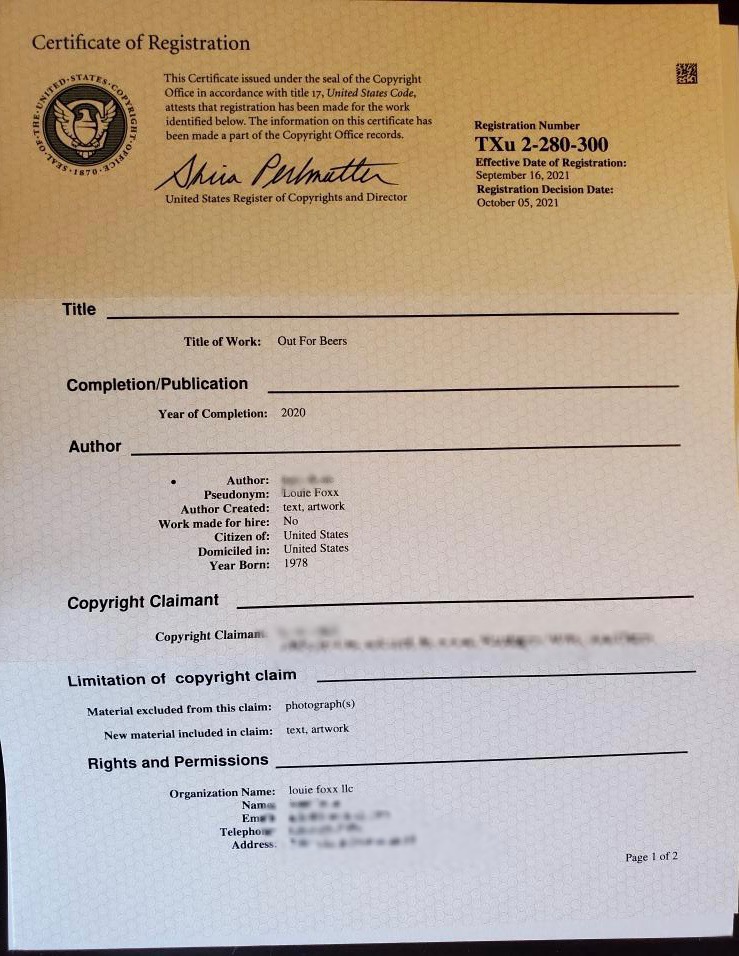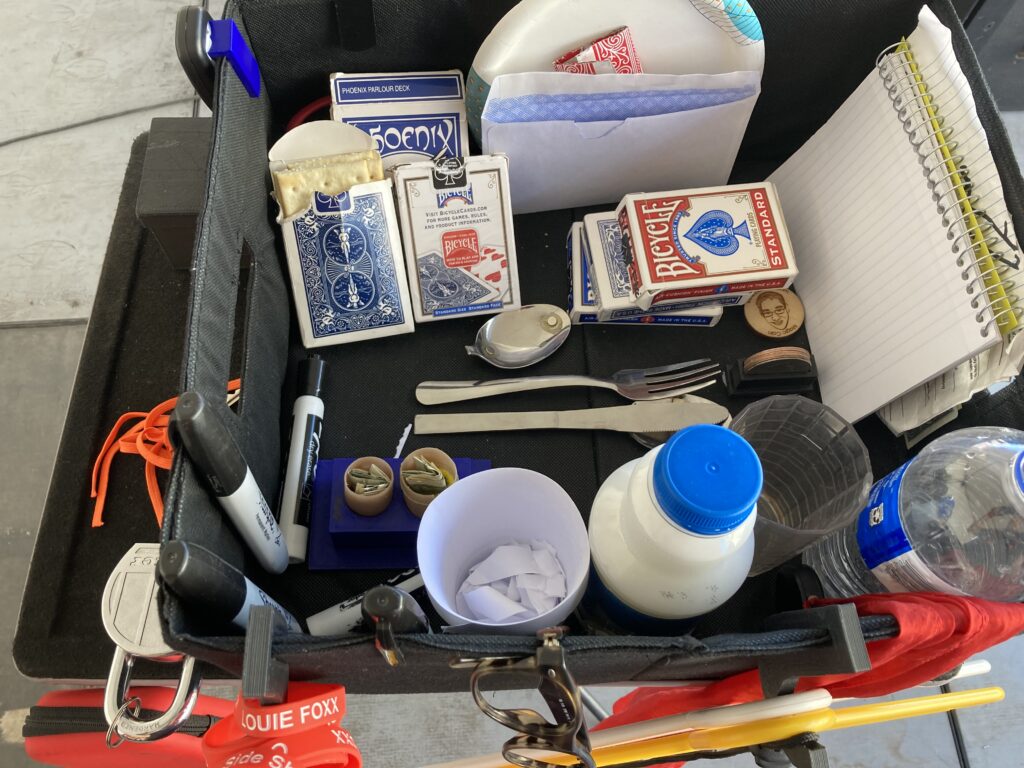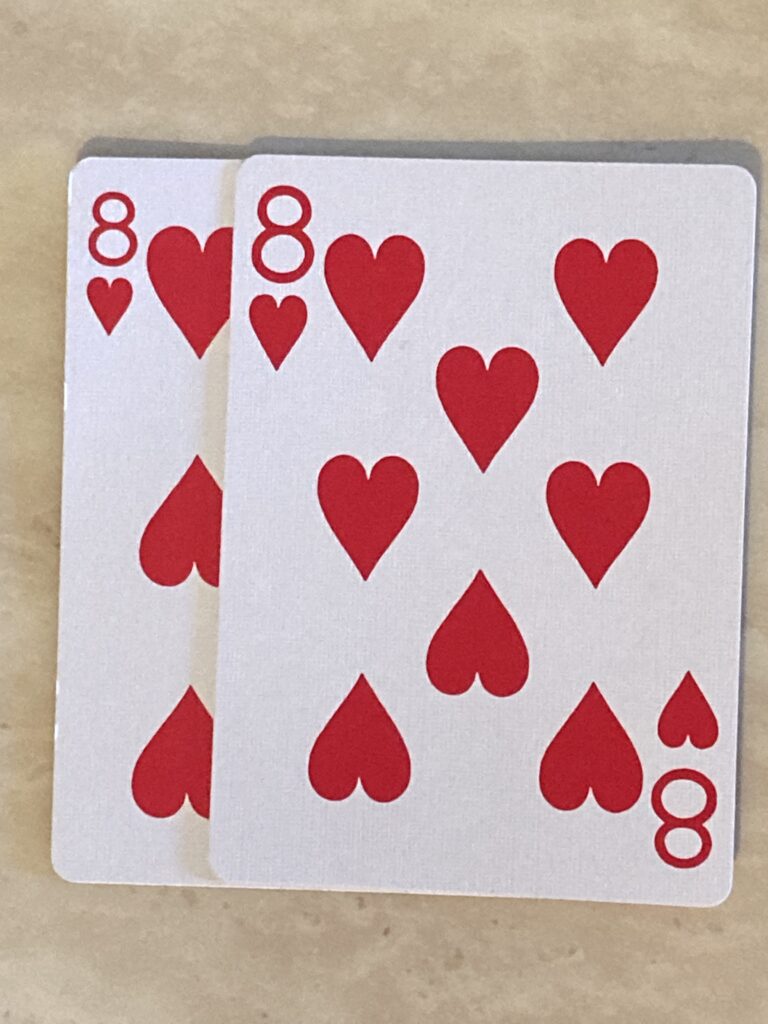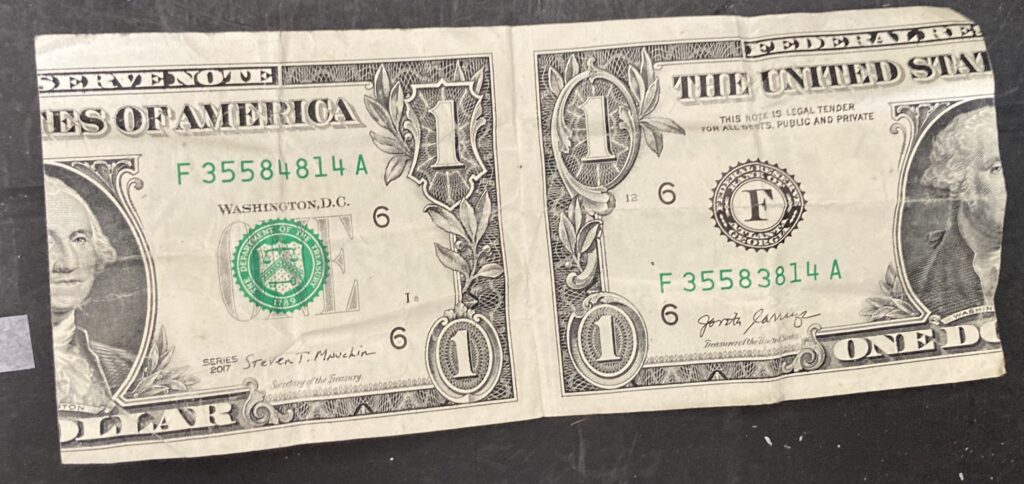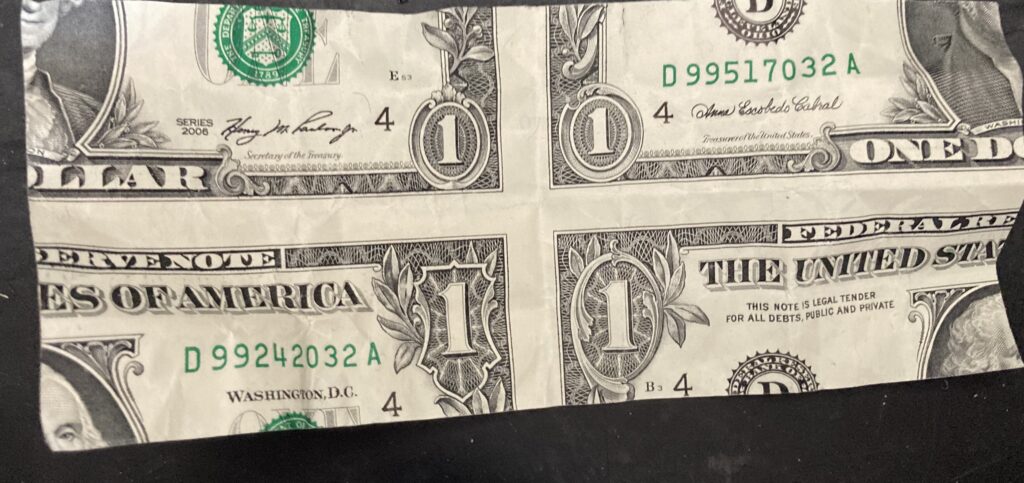In thinking about the giant foam hand, the trick that I’ve been doing in my preshow where the audience follows along is a trick that will never move up to the main show. I don’t thing the “count along with me” type tricks where the audience follows your instructions are very deceptive. They are interesting novelties, but not very magical. They can be fun, and entertaining, but they lack magic.
It hit me that if you used a number force like Phil Smith’s Quinta, you get something that is a bit more deceptive. Quinta doesn’t use any math, it’s pretty straight forward, they name an number, you count across your finger tips and end up at the force finger. It’s soo much more fair than using math to force a finger. It think it would move this trick up into a “filler trick” or “MC trick“, I’m not sure if it would make it to the main show. It’d need a few good jokes and hook.
The nice thing is the props are visually large, you could get the whole audience counting, which would make it play even bigger. It also looks different from the traditional “pack small and play big” type of trick which are usually flat cards or silks.
I need to practice the Quinta a little bit before I try it out in my pre-preshow.
– Louie



